The Best Hibiscus Companion Vegetables That Will
Hibiscus plants are beautiful and versatile, and they can add a touch of tropical flair to any garden. But did you know that planting hibiscus with certain vegetables can actually benefit both plants? Companion planting is the practice of planting different types of plants together in a way that enhances their growth and productivity. When done correctly, companion planting can help to improve soil health, attract beneficial insects, and deter pests.
In this blog post, we will discuss some of the best hibiscus companion vegetables. We will also provide tips on how to plant and care for these plants together.
Benefits of Companion Planting
There are many benefits to companion planting hibiscus with vegetables. Some of the most common benefits include:
- Improved soil health: Companion plants can help to improve soil health by adding nutrients, breaking down organic matter, and suppressing weeds.
- Attraction of beneficial insects: Certain companion plants can attract beneficial insects, such as ladybugs and bees, which can help to control pests.
- Deterrent of pests: Other companion plants can deter pests, such as aphids and mosquitoes.
- Increased yields: Companion planting can sometimes lead to increased yields of both hibiscus and vegetables.
Best Hibiscus Companion Vegetables
There are many different vegetables that can be planted with hibiscus. Some of the best hibiscus companion vegetables include:
- Beans: Beans are a nitrogen-fixing plant, which means they can help to improve the nitrogen content of the soil. This can benefit hibiscus, which is a nitrogen-hungry plant.
- Carrots: Carrots are a root vegetable that can help to suppress weeds. They can also help to improve the drainage of the soil, which can benefit hibiscus plants.
- Cucumbers: Cucumbers are a vining vegetable that can provide shade for hibiscus plants. They can also help to attract beneficial insects, such as ladybugs.
- Lettuce: Lettuce is a leafy vegetable that can help to suppress weeds. It can also help to improve the moisture content of the soil, which can benefit hibiscus plants.
- Peas: Peas are another nitrogen-fixing plant that can help to improve the nitrogen content of the soil. They can also help to attract beneficial insects, such as bees.
- Potatoes: Potatoes are a tuberous vegetable that can help to improve the drainage of the soil. They can also help to suppress weeds.
- Spinach: Spinach is a leafy vegetable that can help to suppress weeds. It can also help to improve the moisture content of the soil, which can benefit hibiscus plants.
- Tomatoes: Tomatoes are a heavy feeder, so they can benefit from the presence of a nitrogen-fixing plant like beans. They can also help to attract beneficial insects, such as ladybugs.
How to Plant Hibiscus With Vegetables
When planting hibiscus with vegetables, it is important to choose plants that have similar water and sunlight requirements. You should also plant the vegetables in a way that does not crowd the hibiscus plant.
Here are some tips on how to plant hibiscus with vegetables:
- Choose vegetables that have similar water and sunlight requirements to hibiscus.
- Plant the vegetables in a way that does not crowd the hibiscus plant.
- Water the plants regularly, especially during hot, dry weather.
- Fertilize the plants regularly, especially during the growing season.
- Monitor the plants for pests and diseases and take steps to control them as needed.
Conclusion
Companion planting hibiscus with vegetables can be a great way to improve the health and productivity of both plants. By choosing the right vegetables and planting them in a way that benefits both plants, you can create a beautiful and productive garden.
Hibiscus plants are beautiful and can add a touch of tropical flair to any garden. But did you know that they can also benefit from companion planting? Companion planting is the practice of planting certain plants together that complement each other. Some of the best companion plants for hibiscus include:
- Sweet alyssum: This groundcover plant helps to suppress weeds and attract beneficial insects.
- Ornamental sweet potato vine: This vine adds color and texture to the garden, and it can also help to shade the hibiscus roots.
- Caladium: This tropical plant has beautiful leaves that can complement the hibiscus flowers.
- Bee balm: This flowering plant attracts pollinators, which help to pollinate the hibiscus flowers.
- Daylily: This perennial plant blooms for a long period of time, which can help to fill in the garden when the hibiscus flowers are not in bloom.
For more information about hibiscus companion vegetables, please visit Gardenia Inspiration. This website has a wealth of information about companion planting, including a list of specific plants that are good companions for hibiscus.
FAQ of hibiscus companion vegetables
Q: What are some good companion vegetables for hibiscus?
A: Some good companion vegetables for hibiscus include:
- Beans: Beans fix nitrogen in the soil, which can benefit hibiscus.

- Carrots: Carrots deter pests that can harm hibiscus, such as aphids and beetles.
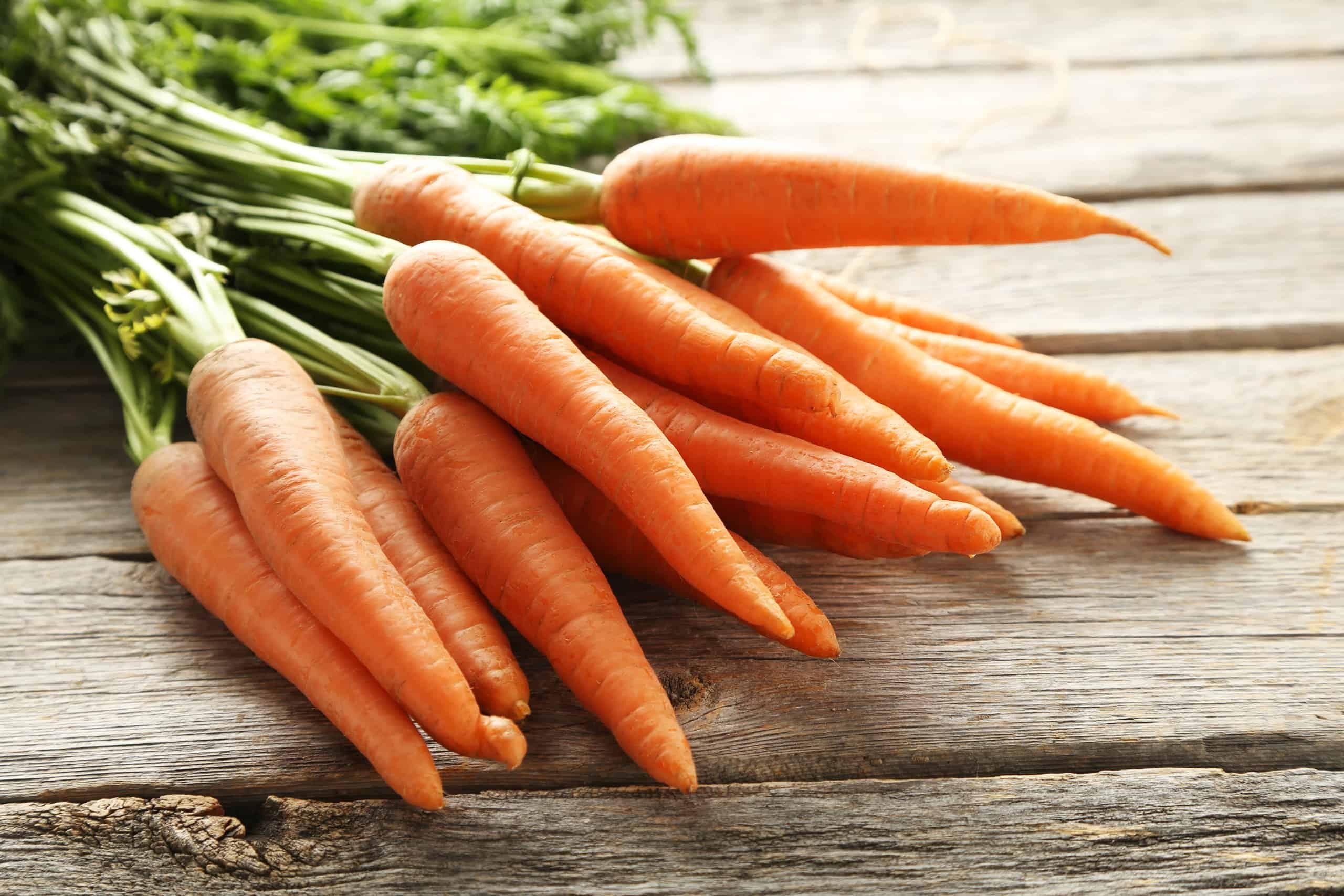
- Cucumbers: Cucumbers attract pollinators that can help hibiscus set fruit.
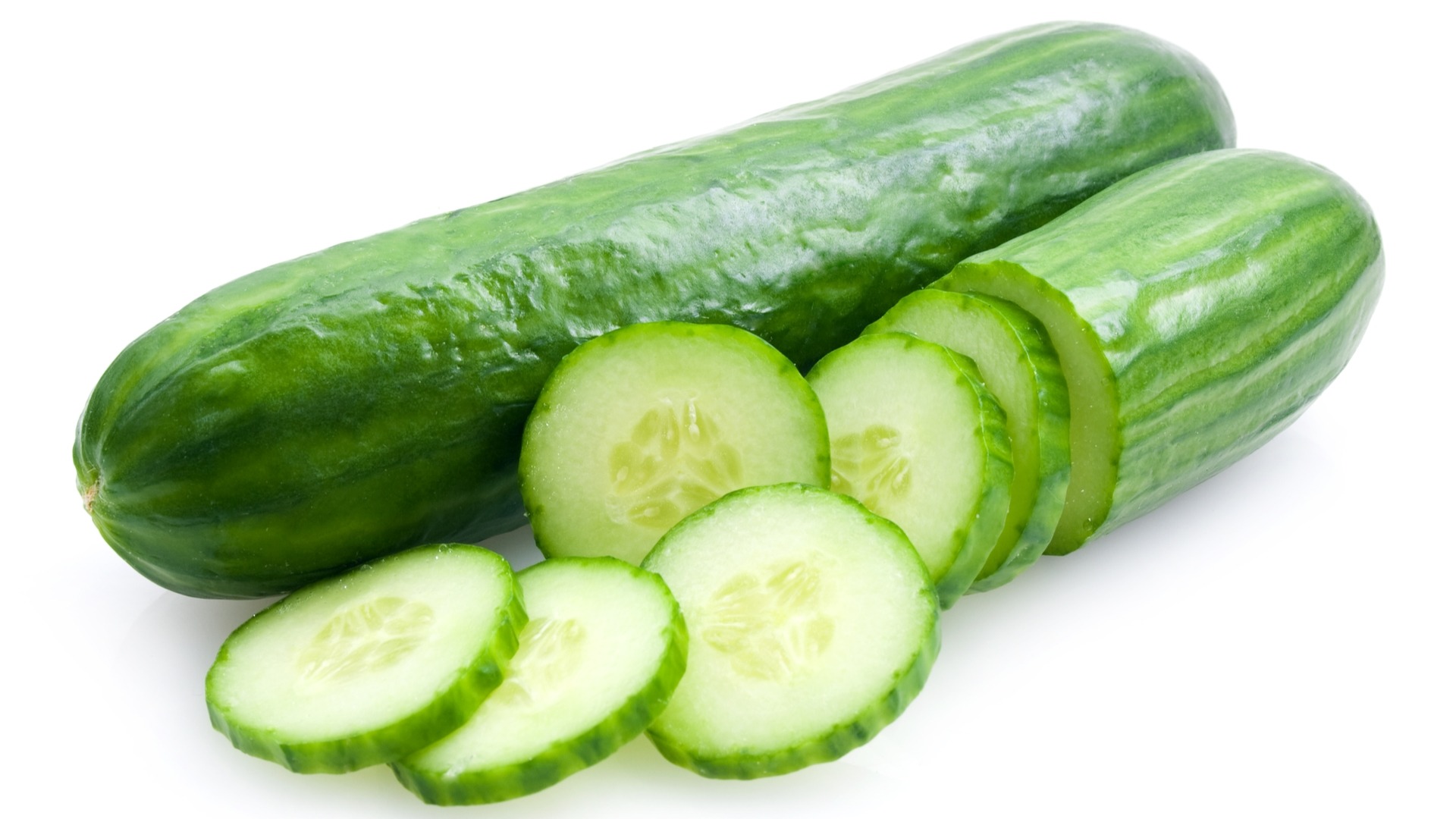
- Eggplants: Eggplants deter nematodes, which can be harmful to hibiscus.

- Melons: Melons attract pollinators that can help hibiscus set fruit.
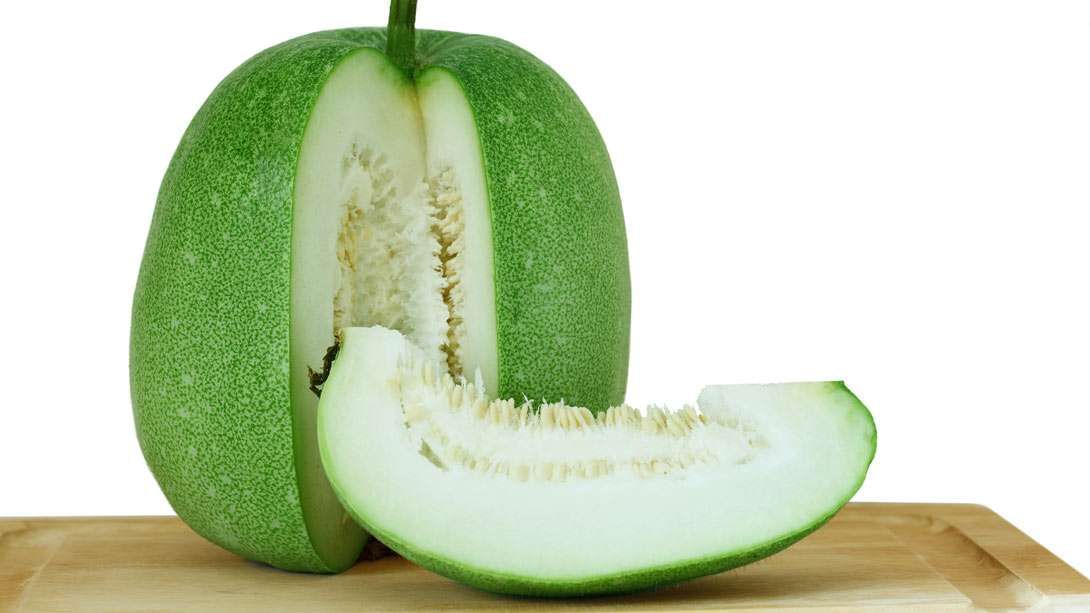
Q: How do I plant hibiscus companion vegetables?
A: When planting hibiscus companion vegetables, it is important to consider the size and growth habit of each plant. For example, beans and cucumbers are sprawling plants that should be planted at the edge of the hibiscus bed, while carrots and eggplants are more compact plants that can be planted closer to the hibiscus. It is also important to plant companion vegetables that have similar water and sunlight requirements.
Q: What are some benefits of companion planting hibiscus with vegetables?
A: Companion planting can offer a number of benefits, including:
- Attracting pollinators: Companion plants can attract pollinators, such as bees and butterflies, which can help hibiscus set fruit.
- Reducing pests and diseases: Companion plants can deter pests and diseases that can harm hibiscus. For example, carrots can deter aphids and beetles, while eggplants can deter nematodes.
- Improving soil health: Companion plants can improve soil health by fixing nitrogen, breaking down organic matter, and attracting beneficial insects.
- Competition for resources: Companion plants can compete for resources, such as water and sunlight, which can help to prevent hibiscus from becoming overcrowded.
Q: What are some common mistakes to avoid when companion planting hibiscus with vegetables?
A: Some common mistakes to avoid when companion planting hibiscus with vegetables include:
- Planting incompatible plants: Not all plants are compatible with each other. It is important to do your research before planting companion plants to make sure that they will not compete with or harm each other.
- Planting too close together: Companion plants should be planted with enough space between them to grow and thrive. If you plant them too close together, they may compete for resources and become overcrowded.
- Not considering the size and growth habit of the plants: As mentioned above, it is important to consider the size and growth habit of each plant when companion planting. Some plants, such as beans and cucumbers, are sprawling plants that need more space than more compact plants, such as carrots and eggplants.
Image of hibiscus companion vegetables
- Cucumbers: Cucumbers and hibiscus are both heavy feeders, so they can benefit from each other's nutrients. Cucumbers also help to suppress weeds, which can help to keep the hibiscus plant healthy.
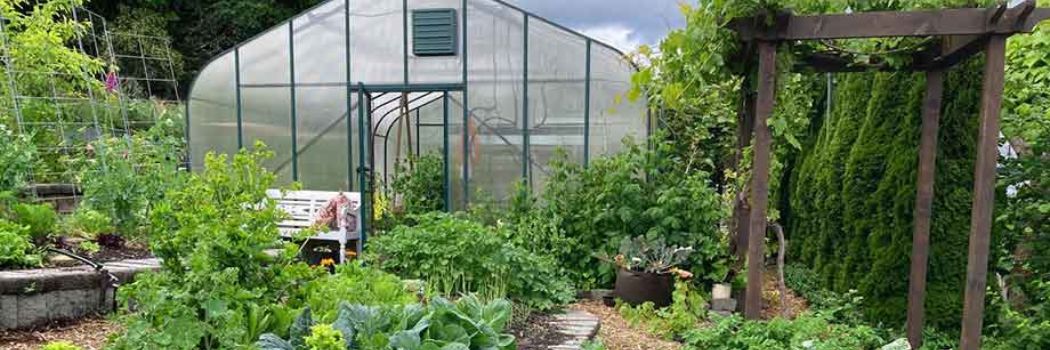
- Spinach: Spinach is a nitrogen-fixing plant, which means that it can help to improve the soil quality for the hibiscus plant. Spinach also helps to shade the soil, which can help to prevent the hibiscus plant from getting too dry.

- Carrots: Carrots and hibiscus can help to deter pests from each other. Carrots are a good companion plant for hibiscus because they attract beneficial insects, such as ladybugs, which help to control pests like aphids.

- Peas: Peas and hibiscus can help to improve the soil quality for each other. Peas are nitrogen-fixing plants, which means that they can help to add nitrogen to the soil. Hibiscus plants, on the other hand, can help to improve the drainage of the soil.

- Lettuce: Lettuce and hibiscus are both relatively low-maintenance plants, so they can be a good choice for companion planting. Lettuce also helps to shade the soil, which can help to prevent the hibiscus plant from getting too dry.
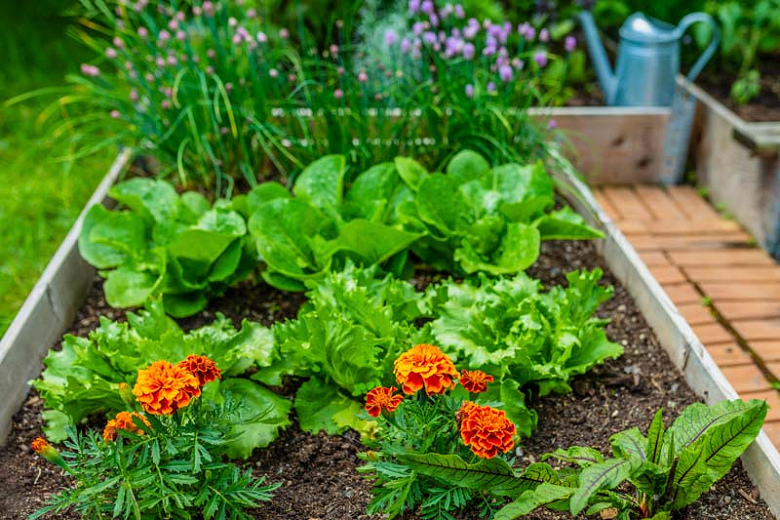
Post a Comment for "The Best Hibiscus Companion Vegetables That Will"